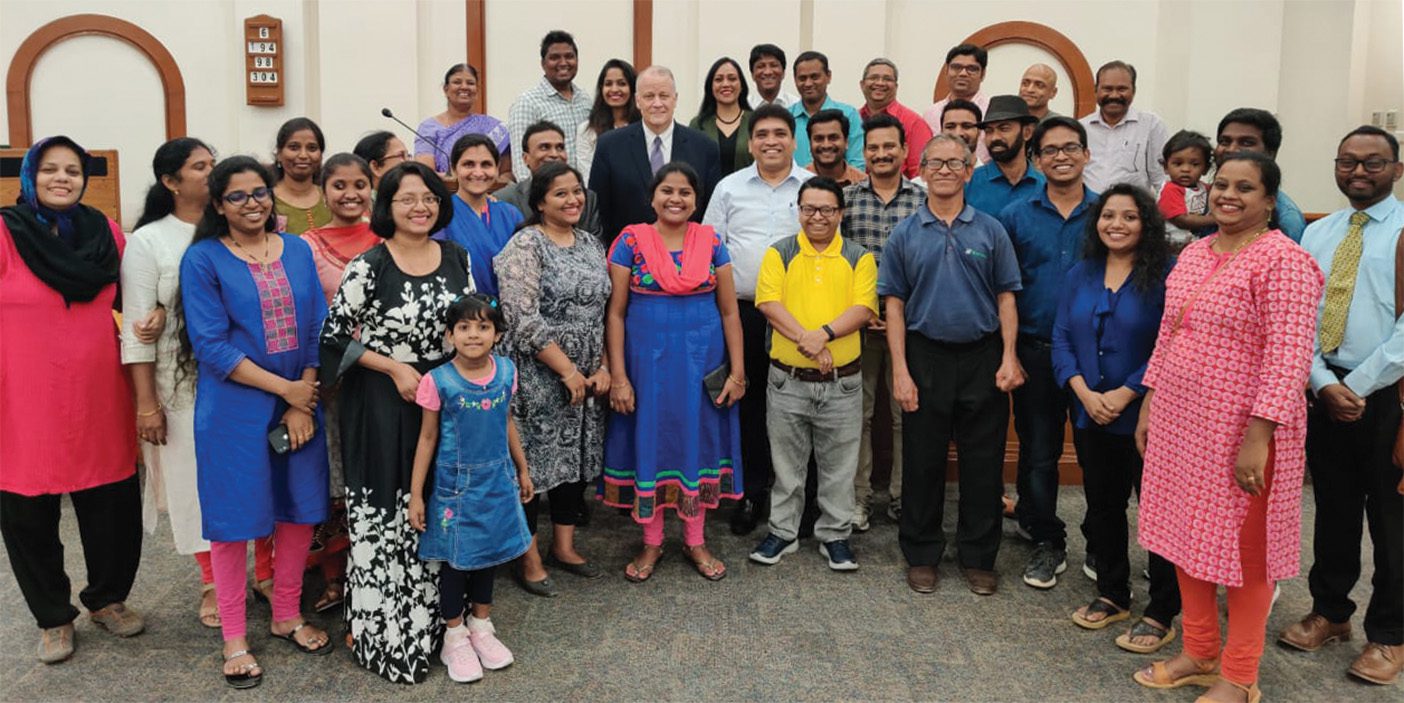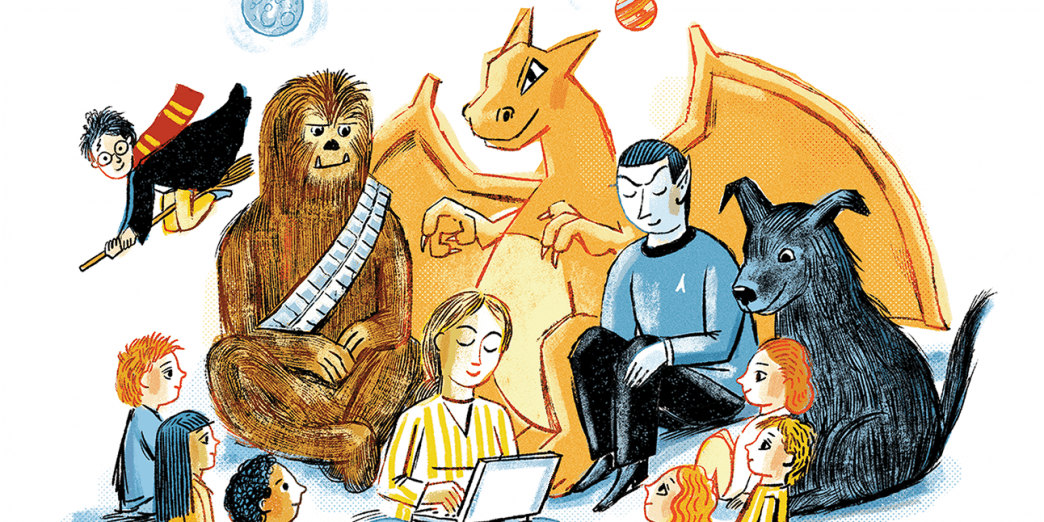Meet alumni enriching their communities through service.
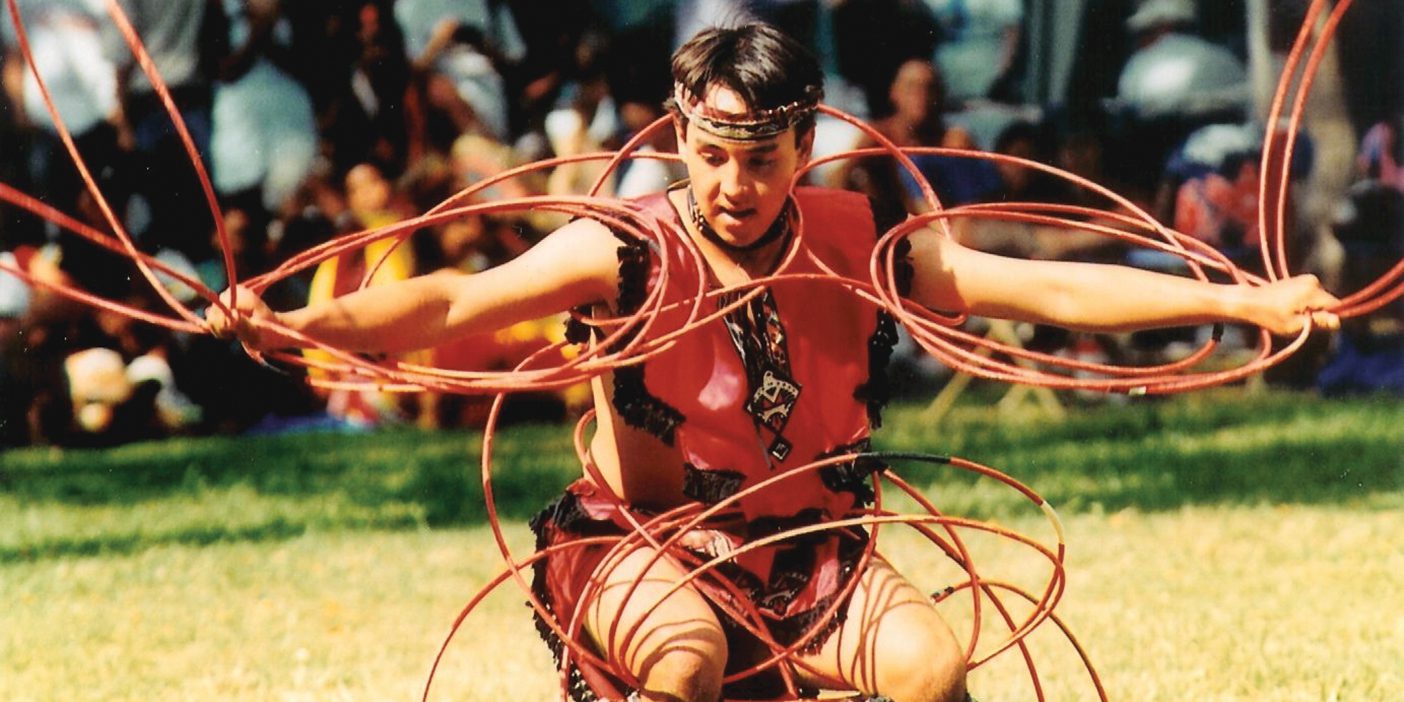
Ahuna Ohana
As flames spread across the high school stage and toward the curtains, a young Joseph P. H. Ahuna Jr. (BA ’80, JD ’83) stomped frantically to extinguish the blazes of his failed talent-show performance. It wasn’t intended to be humorous, and yet Ahuna’s Samoan fire knife dance was named the funniest act.
Ahuna has spent years perfecting this and other cultural dances, touring more than 20 different countries with BYU performing groups and later with his family. The Ahunas perform the fire knife dance, the Native American hoop dance, the hula, and other cultural expressions. They’re all part of their Ahuna Ohana show, promoting love at home along with “the spirit of Aloha,” which Ahuna says means “to give a gift from your heart to someone without expecting anything in return.” In that spirit, the Ahunas puts on their shows for free.
“Instead of spending money on a brand new car or fancy things, we spent it on performances and experiences our children could enjoy together,” says Ahuna, a partner at a law firm on Oahu, Hawaii. The family performances began on a small scale, with local shows for senior citizens and civic groups and, on multiple occasions, for Hawaiian schools as a part of the state’s “No Hope in Dope” anti-drug program.
Ahuna soon determined to take the show abroad. Calling Church mission presidents in Japan, Puerto Rico, Russia, and Hong Kong, he offered to perform free shows to promote missionary work. Some would ask, “What’s the catch?” to which Ahuna would respond, “There’s no catch. We don’t sell anything. We will pay for all of our own expenses and accommodations; we just need a place to perform.”
Now that his children are grown and live across the United States with families of their own, the Ahuna ripple effect is in full swing. Each family teaches its children an element of the family show and gives small performances in their respective communities. When the extended family performs together, as they did in 2018 at a children’s festival in Taiwan, they blend the talents of each family member (some as young as 3) into a cohesive exhibition. The Ahunas hope the spirit of Aloha will enter into their audiences’ hearts and unite them as ohana.
Serve and Rescue
On weekdays you’ll find Joshua G. Edwards (BS ’03) running Amazon’s Advanced Products & Technologies in the Bay Area; on weekends and in other spare moments, you’ll have to look to the sky. Edwards pilots search-and-rescue aircraft.He comes from a family of pilots and began flying during one of his summers as a student at BYU. He wasn’t in it to impress friends or go for joy rides on the weekends. “I wanted to be able to do something as a pilot, to make a difference,” he says.
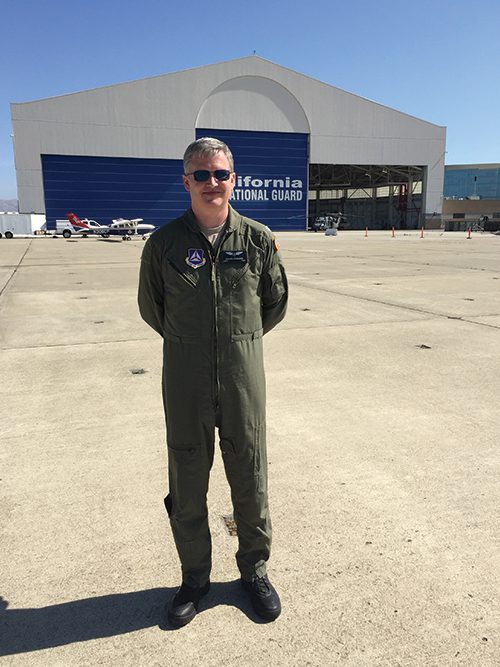
Edwards now volunteers with the Civil Air Patrol—The US Air Force Auxiliary (CAP). CAP missions can include anything from locating missing aircraft or hikers to transporting organs and blood. Edwards has flown more than 735 hours of operational missions since he began volunteering with the program 11 years ago—including more than 50 “finds” of missing aircraft or people. Some missions are tragic. “A lot of times there isn’t much you can do, and your primary role becomes bringing peace of mind to family members,” Edwards says. Each time he flies or coordinates a mission in California, his home for the past nine years, he is reminded that “these are communities that we live and work in every day.”
Though problems arise in any search-and-rescue mission, Edwards has learned from his day job to value the learning that challenges can bring. Designing outside-the-box technologies at Amazon allows him to see every setback as a learning opportunity and chance to reevaluate and push forward with better direction. As a CAP officer, he gathers additional information to help his team make better decisions. During annual California wildfires, Edwards coordinates the use of CAP planes, equipment, and personnel to photograph fires from above, relaying valuable information to firefighters on the ground.
For Edwards, whether he’s fighting fires, searching for missing people, or coordinating missions, nothing tops the feeling of giving back to his own community. “The opportunity to get somebody in the air to save a life or to help a family in any capacity is very special,” he says.
Tangible Talent
We use a lot of wire to make sculptures. We carve into clay,” says Kristen Ellsworth Applebee (BFA ’95) an art teacher at the Georgia Academy for the Blind. “I trace their drawings in hot glue so they can feel the bumps and the edges to know where to paint.”
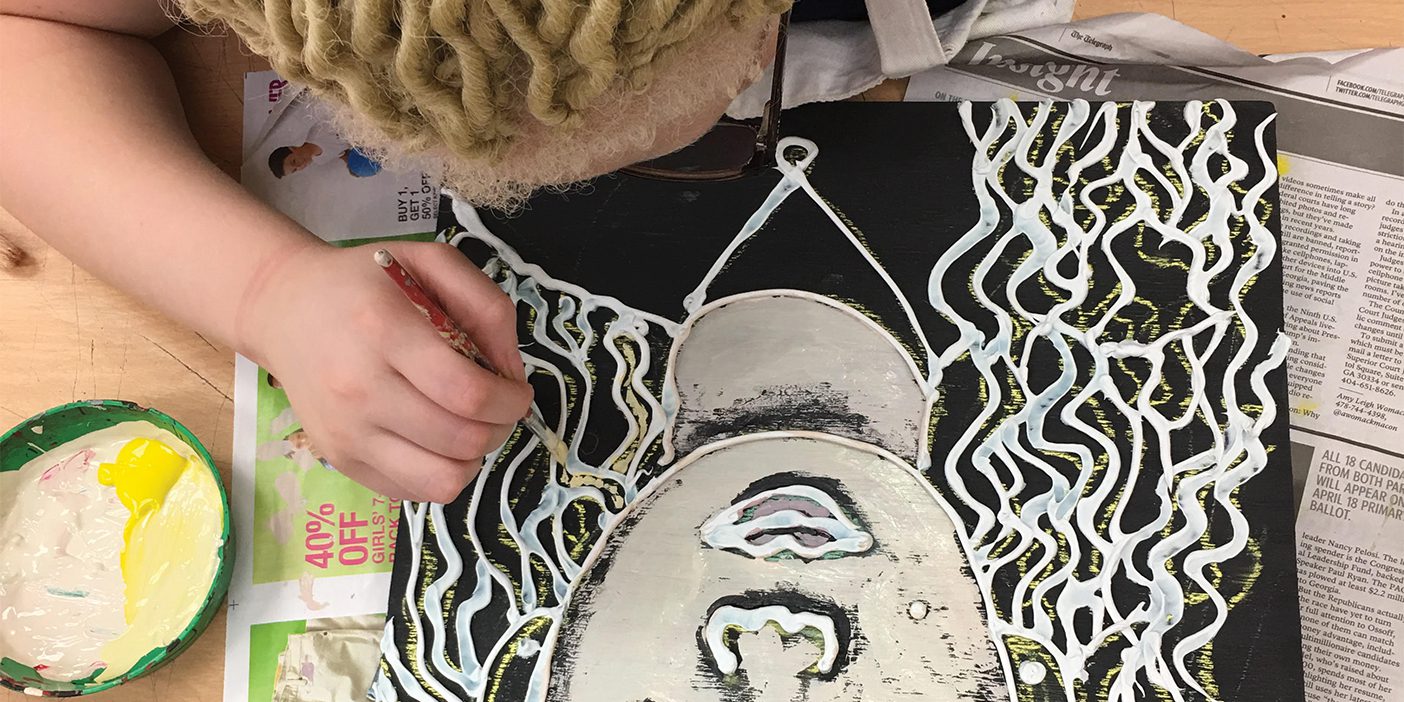
Teaching children who are blind or visually imparied was not originally on Applebee’s radar. She recalls “driving by the school hundreds of times and wondering what went on inside.” Now, eight years since she took the job and began forming personal connections with the students, she says it has become her calling to help them connect to their community. “I just had no idea how wonderful it would be.”
Applebee teaches small classes, sometimes with just four or five kids, and each year she participates with them in community, state, and even national events. Her students have even won the National Insights Art Contest in Kentucky, where they tour the American Printing House for the Blind, which records audio books and embosses braille books.
Applebee and her students are also excited to share their work closer to home. They regularly volunteer to display an art show at places like the local community theater and Goodwill thrift store’s art space. Last November they contributed their “Vision of Christmas” tree to the local museum’s festival of trees. They decorated it with handmade ornaments, tangible symbols made from curled braille paper and tiny white canes. Applebee says getting her students out into the community allows them to forge connections with people who may not understand their impairments.
Her efforts and innovation were honored with the national 2019 award for Outstanding Teacher of Students Who Are Blind or Visually Impaired. She was also a 2020 finalist for Georgia Teacher of the Year.
But Applebee doesn’t do it for awards or praise. She says working with her students has truly changed her life. “I can’t sing the ‘was blind but now I see’ part of ‘Amazing Grace’ without tearing up,” says Applebee. “Witnessing children become independent and confident in their creations is a miracle that I wouldn’t get to be a part of if it weren’t for this job.”
In Going Forth, BYU Magazine shares stories of alumni making the world a better place by serving in their communities, congregations, and homes. Let us know when you see an alum going about doing good. Send your nominations (and any photos) to alumninews@byu.edu.











